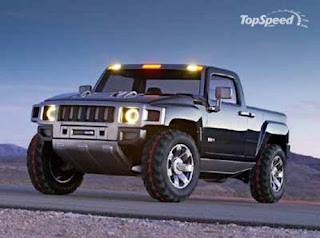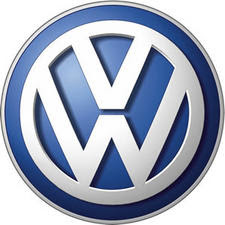In Adelaide, the fifth most populous city in Australia, a proposal was put forth by Councilor Michael Henningsen to give drivers of hybrids a lower parking rate. In an interview, he defended his proposal by saying that:
"Because these cars are a bit more expensive and I think that, if you're taking the long-term view that you want to make a positive diminution in the greenhouse gases, that you should get some sort of acknowledgment and some kudos and some relief for doing that."In the US, owner of Calibration Consultants in Sorrento Valley, CJ Langler exchanged his V8 engine truck for two hybrid vehicles, one for himself and another for his wife. And because of the savings that he immediately got he started enticing his employees to go green by offering them incentives. In an interview, he said:
"We decided to give a $2,000 employee bonus to each one that decides to turn in their big V-8," and that, "We have single mothers, we have military dependents that have people overseas right now, it's about food on the table for them.” Finally, he revealed that, "I would challenge some of the big guys -- locally and nationally -- to come up with similar programs and do the same.”And he is right to do so. Companies should in a way feel responsible for what their employees drive. Why? It’s because by putting incentives they can influence their choices. But it does not mean they need to put their foot down. The choice will still be up to the employees. But it is a perfect example of how committed certain people are, and that if you are committed enough you can make other people make the same right choice.
But incentives and legislation are not the most effective way of enticing people to turn in their car for a hybrid. Studies show that if presented with a whole lot of advantages, people are willing to go green. Kay Murchie states that fact well by saying that “”Motorists would go green if the price was right” in an article in the Finance Markets. Here is an excerpt from her write-up:
Research by Tescocompare.com, the car insurance comparison site, has established that 2 million motorists claim to be driving an environmentally friendly car.So there you go. Incentives. Legislation. Savings. Those three will make or break the popularity of green cars among car owners.
Low-emission vehicles are most popular in Wales and the South West, where 12% have chosen a car which is environmentally friendly compared to 4% in London.
However, Tescocompare.com discovered that more than 21 million are driven by financial incentives and would consider converting to a ‘green’ or low-emission car if the price was more competitive and the Government offered incentives for doing so.
If road tax was reduced, 62% would be persuaded to go green while 25% could be convinced if there was a steep rise in fuel prices. 36% would consider going green if the incentive was cheaper parking fees.
References: ABC News ; NBC San Diego; Finance Markets



